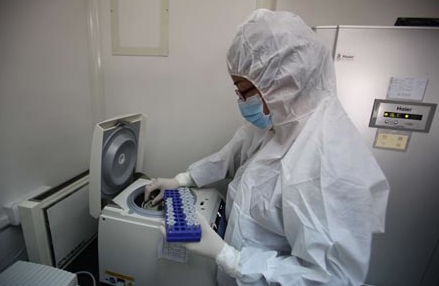UK SMC: As the number of human cases of avian flu continues to rise, China and its surrounding regions remain on high alert, and the rest of the world watches the developing situation with great interest.
There is currently no indication of human to human transmission, but the severity of illness caused in many patients, and the limited information about the source or future potential of the virus, give cause for concern. Does H7N9 have the potential to become another global pandemic, or is it nothing to worry about?
Our colleagues at the UK Science Media Centre invited several leading virology and health experts for a Q&A session, to answer journalists’ questions on H7N9.
Click below to hear about what scientists know about this virus, how it compares to previous flu viruses, how scientists monitor emerging outbreaks such as this one, and whether it is ever possible to predict or prepare for what will happen next.
* NOTE: A clarification around Prof Farrar’s comments, where he talks about whether or not flu is in all 31 provinces of China. It turns out that surveillance is happening in all provinces but detection has not been confirmed in them all (still only small number of provinces with confirmed infection at the moment).
Speakers included:
Prof John McCauley, Director of the WHO Collaborating Centre for Influenza, MRC National Institute for Medical Research (NIMR)
Prof Jeremy Farrar, Director of Wellcome Trust Major Overseas Programme in Vietnam & Director-elect of the Wellcome Trust (via dial in)
Dr Colin Butter, Research Leader of the Avian Viral Immunology Group, the Pirbright Institute
Dr Mike Skinner, Senior Lecturer in Virology, Imperial College London
Prof Peter Openshaw, Director of the Centre for Respiratory Infection, Imperial College London
Prof Wendy Barclay, Chair In Influenza Virology, Imperial College London
Dr John Watson, Head of Respiratory Diseases, Public Health England
